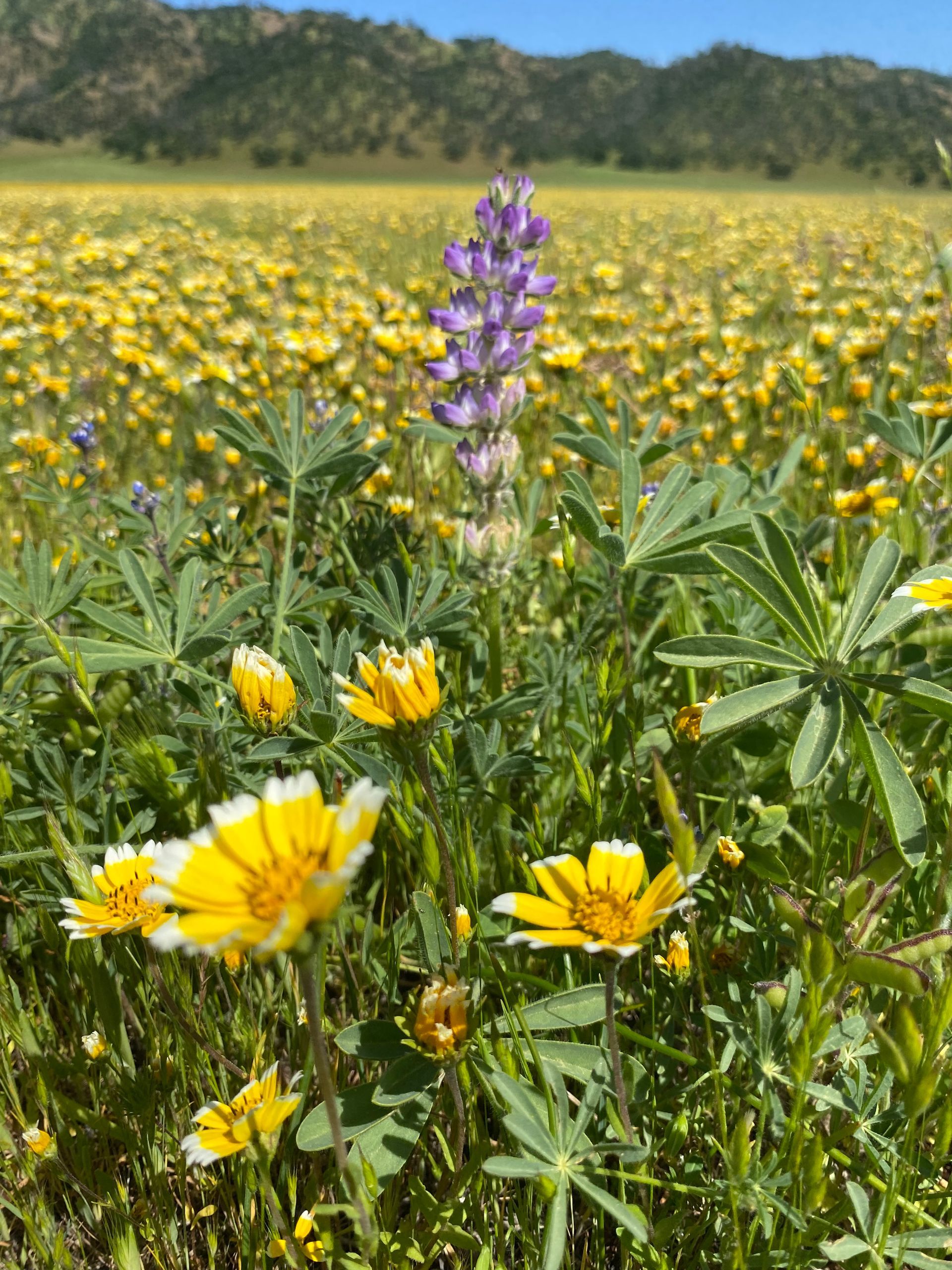Science Corner - California's Biodiversity!

The term biodiversity refers to the medley of life on Earth. California is one of only 36 global regions that are so incredibly biologically rich and ecologically significant that they are called biological hotspots. A biological hotspot is defined as an area containing exceptional concentrations of endemic (found nowhere else on Earth) plants and wildlife species that are experiencing profound rates of loss. Combined, the 36 identified biodiversity hotspots encompass only three percent of the entire Earth’s surface.
If I’m being shamefully honest, from time to time when I think about California I picture the construction on Highway 50, Sacramento International Airport or Disneyland. But get out of suburbia and you can’t help but appreciate the ecological treasure that California is. We have high and low deserts, we have mountain tops that were once on the ocean floor, some that were shaped by glaciers and one volcano that erupted as recently as the early 1900’s. We have fertile farmland, grasslands, oak woodlands and conifer forests. Our coast lines range from rocky with harsh waves to soft, sandy beaches. We host the lowest elevation (which coincidentally also happens to be the hottest place on the Earth) and the highest elevation - both within the contiguous 48 states. California is home to the most massive trees, the tallest trees and the oldest trees in the world. We boast stunning wildflower displays and vernal pools with flora and fauna found nowhere else on Earth. I could go on and on…
Now, think of the diverse ecosystems found in these regions. Think about what organisms they support from microscopic bacteria and fungi to Black Bears and Northern Elephant Seals and everything in between. California not only has the highest number of species of any state in the US but it also has the highest number of endemic (those only occurring here) species of all the United States. We have over 1,000 species of native vertebrates with 65% of those being found only in California, over 6,500 species of plants with over 2,000 species endemic to California, 52 species of cone bearing trees with 14 of those being endemic and 30,000 species of insects with over 1,600 species of native bees which are exceptionally important to our agricultural industry. California is the epitome of BIODIVERSITY.
A bit more bragging on California - our great state also supports over 30% of all the plant and vertebrate species in all of the United States but sadly, roughly 30% of our species are threatened by extinction. California 30x30, a statewide initiative to conserve 30% of California’s lands and waters by the year 2030. You can also help celebrate California’s biodiversity by participating in California Biodiversity Day on September 7, 2025. But! The party doesn’t stop there, you can participate in events the entire week of September 6 through the 14th. Click
here to find a list of events, including Tuleyome’s Bio Blitz for the Berryessa Snow Mountain National Monument! You don’t have to travel to celebrate though, you can go look for spiders in your backyard or birds in a nearby park. Each of your observations and photos entered into
iNaturalist helps enrich the database for the 30x30 initiative!
Also, just in case you were wondering…
- The high deserts of California include the Mojave with its iconic Joshua Trees and the Great Basin which gets most of its precipitation from snow. High deserts are characterized by cold nights and hot and windy days.
- California’s low desert is the Sonoran desert which is hot, receives monsoonal moisture and is characterized by the presence of the saguaro cacti.
- Snow Mountain was once a mid-ocean seamount (an underwater volcano). As tectonic plates moved around, one slid under the other (subduction) and the seamount was buried. Later tectonic forces brought the volcano back to the surface which is what we know today as the “island in the sky”.
- Lassen Peak was the most recent volcanic eruption to occur in California from 1914-1917.
- There are others but perhaps one the most notorious (or maybe it’s just my favorite) mountains displaying glacial erosion is Half Dome in Yosemite National Park.
- Death Valley is not only the hottest place on Earth, it also has the distinct honor of being the hottest, driest and lowest (282 feet below sea level) place in North America. Who’s up for a road trip? It’s actually an extremely special place and you should visit but please research and plan ahead!
- Mount Whitney is the highest peak in the continental United States at 14,505 feet above sea level.
- The most massive trees in the world are the Giant Sequoias
- The tallest trees in the world are the Coastal Redwoods
- The oldest trees in the world are the Bistlecone Pines
-Kristie Ehrhardt (kehrhardt@tuleyome.org)
Tuleyome Land Conservation Program Manager
RECENT ARTICLES






